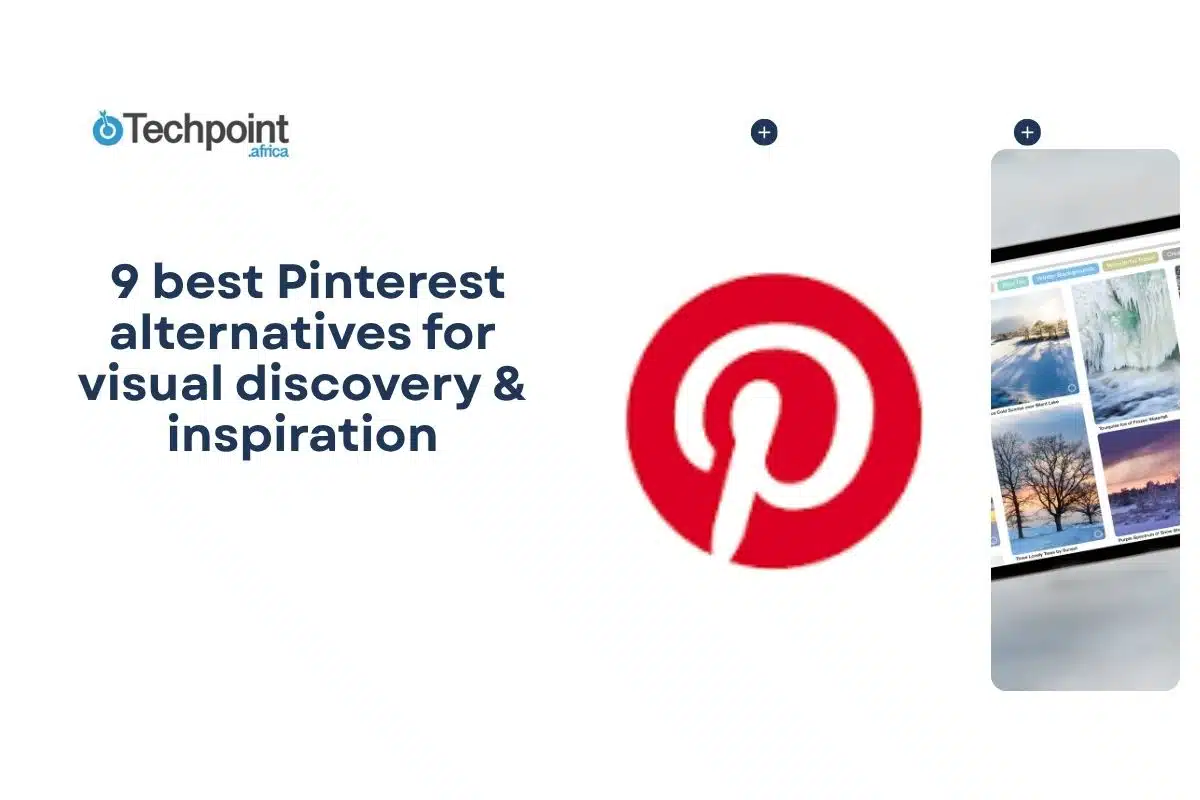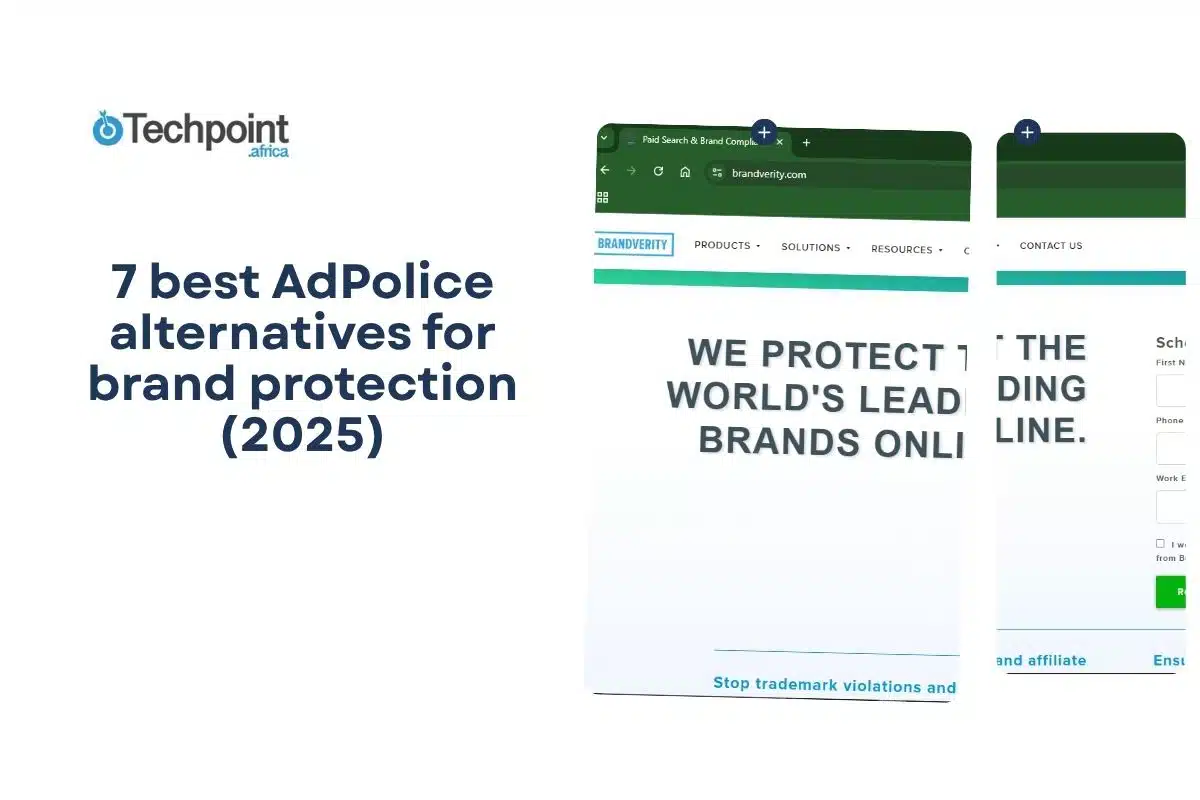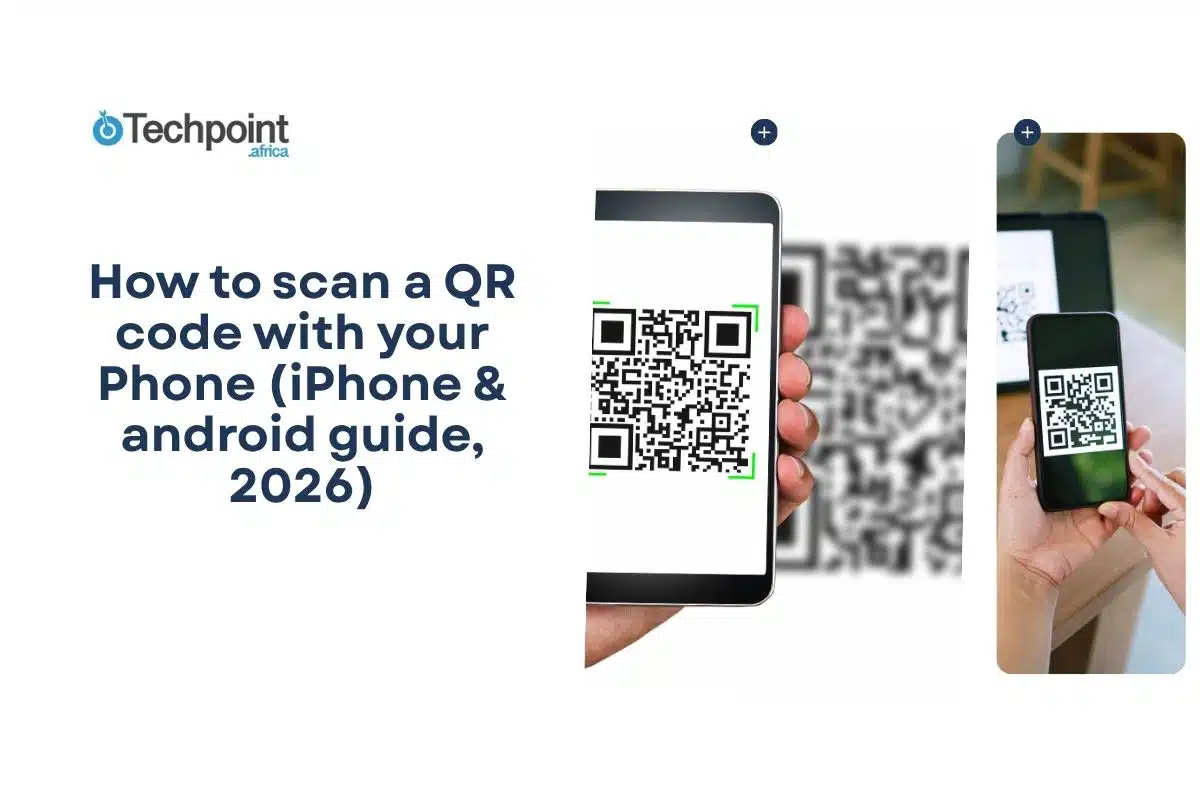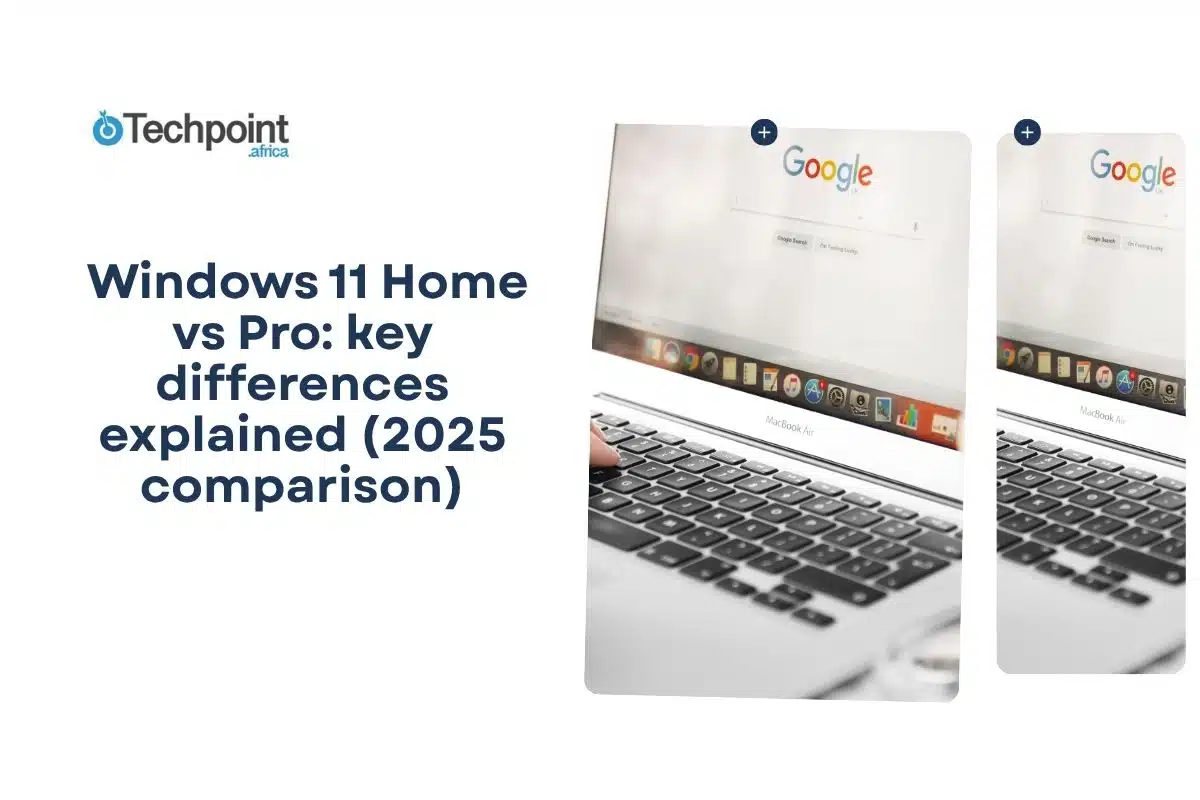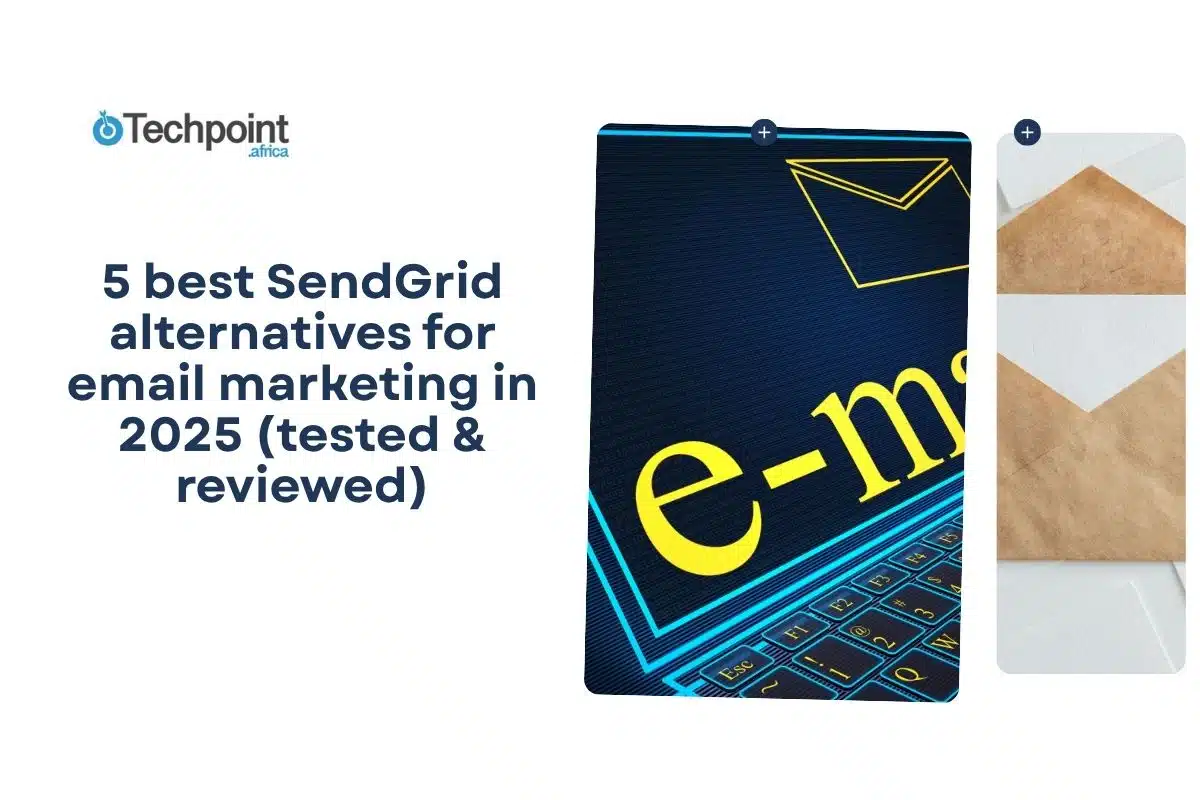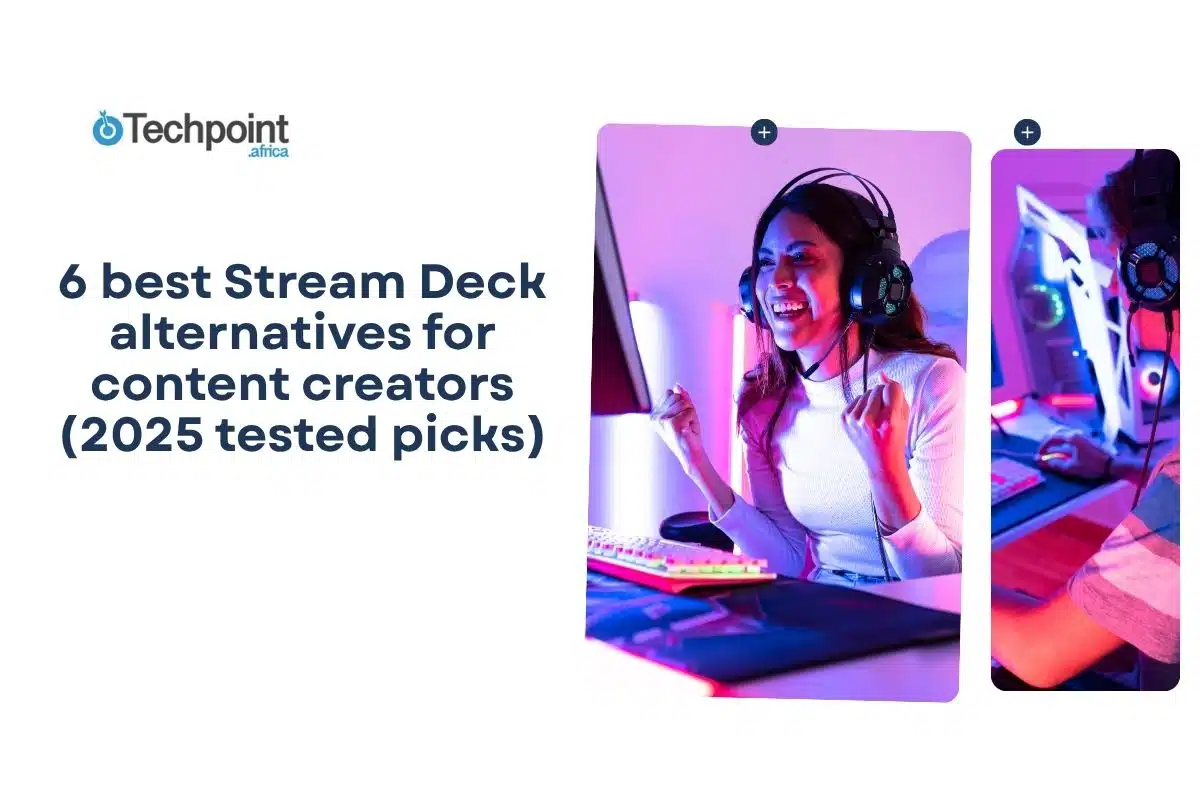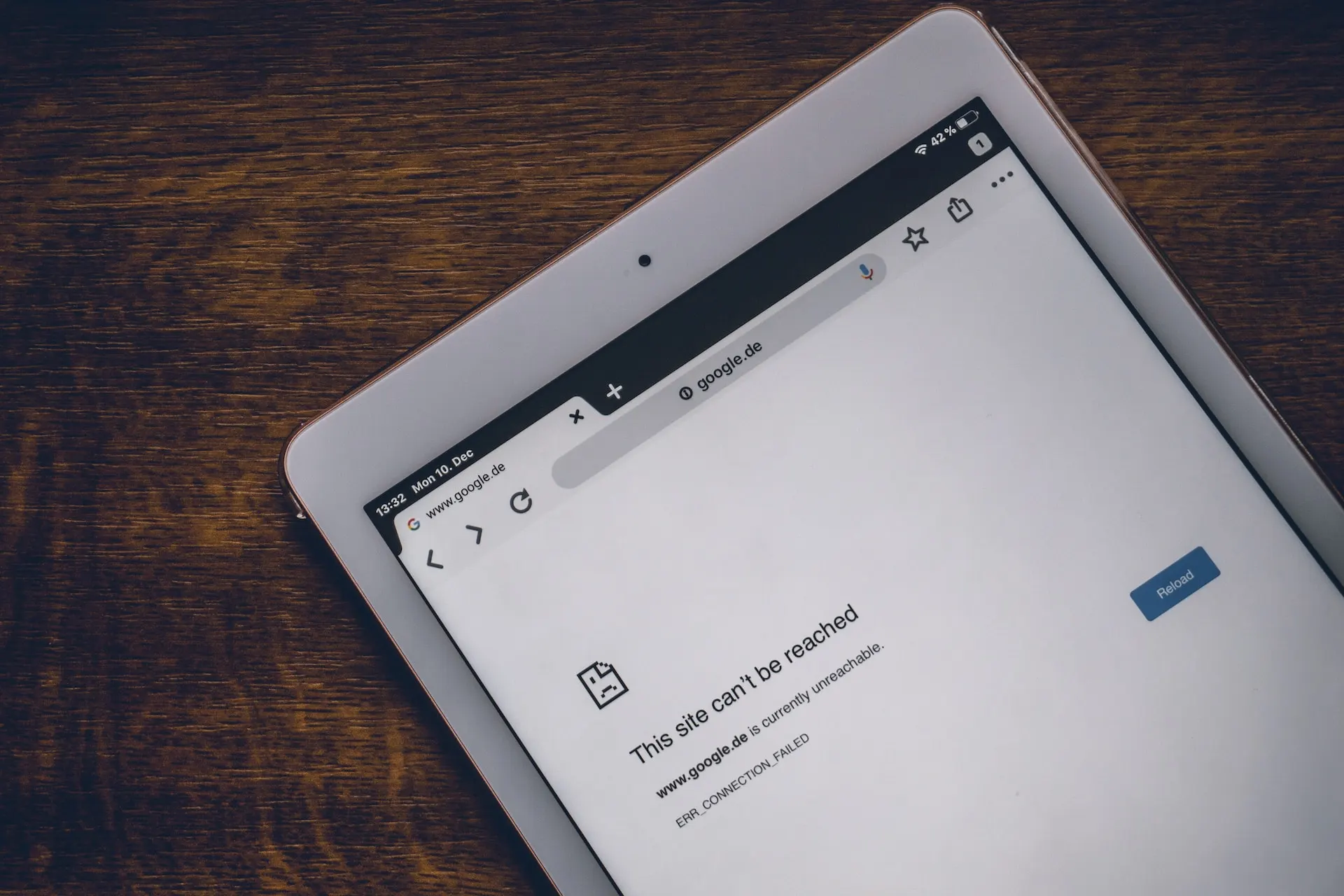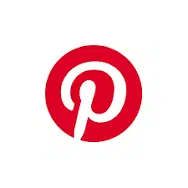
Pinterest is great. But even great things falter in a way or two, and so Pinterest falters (sometimes). While several might regard it as a household spot for saving inspiration and sparking creative ideas, it isn’t always the perfect fit for every user (like you), for reasons such as limited organization, professional use, and advanced features. That’s why we’ve put together a guide to the 9 best Pinterest alternatives that covers that.
In this listicle, you’ll discover:
- Which visual discovery tools are worth switching to from Pinterest, and why?
- How each tool differs from Pinterest in practice.
.
- Tips for switching from Pinterest without losing your saved inspiration.
All 9 best Pinterest alternatives listed up front
- Dribbble
- Designspiration
- Raindrop.io
- Pearltrees
- Savee
- Cosmos (Cosmos.so)
- Refern
- Stacklist
Quick comparative overview of the 9 best Pinterest alternatives
| Rank | Item | Best for | Key feature(s) | Pros | Cons |
| 1 | Dribbble | Professional portfolios and hiring | Showcase shots, community, job board | Strong design community, portfolio focus | Less suited for casual pinning, paid Pro features |
| 2 | Designspiration | Mood boards, color & image search | Image + color search, clean boards | Excellent for visual search and color palettes | Smaller image pool vs Pinterest |
| 3 | Raindrop.io | Visual bookmarking | Cross-device bookmark manager, full-text search | Flexible organization, browser extensions | Not image-first by default |
| 4 | Pearltrees | Visual collections & coordination | Organize web content into collections | Collaborative, visual organization | UI can feel complex at first |
| 5 | Savee | Simple visual bookmarking | Browser extension, boards | Easy save-from-anywhere workflow | Smaller user base |
| 6 | Cosmos.so | Discovery engine for creatives | Image-forward discovery | Great for photographers and designers | Discovery can be eclectic |
| 7 | Refern | Image referencing & moodboarding | Automatic tagging, moodboards, infinite canvas | Built for creatives, ad-free experience | Relatively new, smaller community |
| 8 | Stacklist | Save and organize lists | Cards and stacks for items | Great for shopping lists and curated lists | Not as image-first as Pinterest |
| 9 | Magazine-style discovery | Curated magazines and topics | Broad content discovery, social features | Not focused solely on images |
How we chose the 9 best Pinterest alternatives
Testing visual discovery platforms revealed that not every tool is a genuine replacement for Pinterest. To narrow the list down to 9 strong, long-term options, we focused on:
- Visual-first design — A genuine Pinterest alternative must put imagery at the center, not bury it under text or ads.
- Cross-platform access — Seamless use across mobile apps, browsers, and desktop is non-negotiable for busy creatives.
- Organization tools — Strong tagging, boards, or search functions help turn endless inspiration into usable collections.
- Community value — A healthy, active user base or professional network ensures ideas are fresh, collaborative, and relevant.
- Export and backup — Tools with clear backup or migration options protect your creative library over time.
- Privacy and focus — Ad-free modes or distraction-light feeds make the creative process smoother.
Now, let’s explore them.
Pinterest alternatives for professional designers
Dribbble
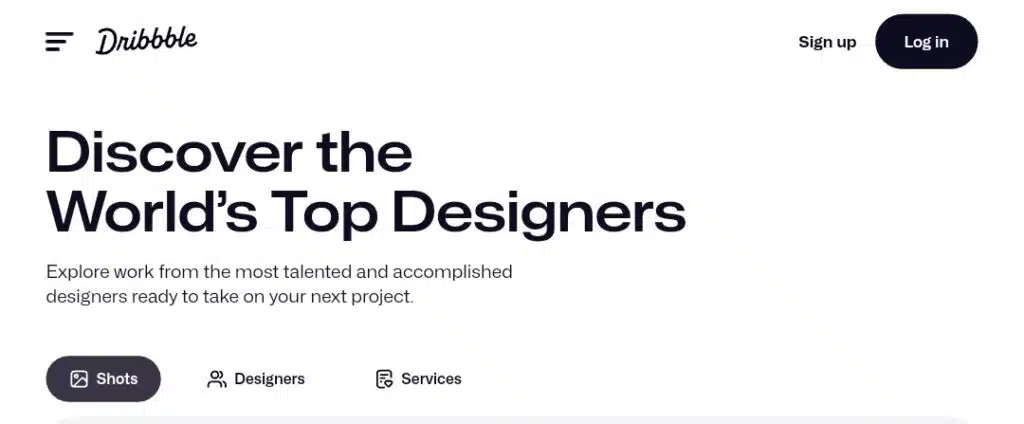
Dribbble is a portfolio-first community where product designers, illustrators, motion artists, and branding studios publish finished work and micro-case studies. It highlights clear visuals — small “shots” that act like thumbnail portfolios — and surface designers who are available for hire. If you’re looking for inspiration that reads like professional work rather than casual pins, Dribbble focuses on that.
Key features
- Shot-based portfolio posts with project pages for deeper case studies.
- Tag, color, and category search to find styles and techniques.
- Built-in job board and “hire me” flows; client briefs and freelance listings.
- It offers pro features such as advanced profile options, analytics, ad-free browsing, and portfolio website export.
Pros
- Exceptionally high-quality, curated designer work.
- Great exposure for freelancers and agencies.
- Professional signals (stats, case studies, client listings) make it helpful in hiring.
Cons
- Not designed for mass, casual bookmarking (it favors curated, polished work).
- Community focus means less utility for plain link-archiving or mixed media research.
Pricing
- Free to browse and publish basic content; Dribbble Pro tiers (which start at $4) add portfolio tools and extras.
What’s different from Pinterest
Dribbble is portfolio- and careers-centric, rather than a general social discovery platform. Pins are replaced by curated “shots” and case pages; the audience expects craft-level presentation and professional credentials.
Best for
- UI/UX designers, illustrators, creative leads, and hiring managers who need professional-level inspiration and talent discovery.
Designspiration
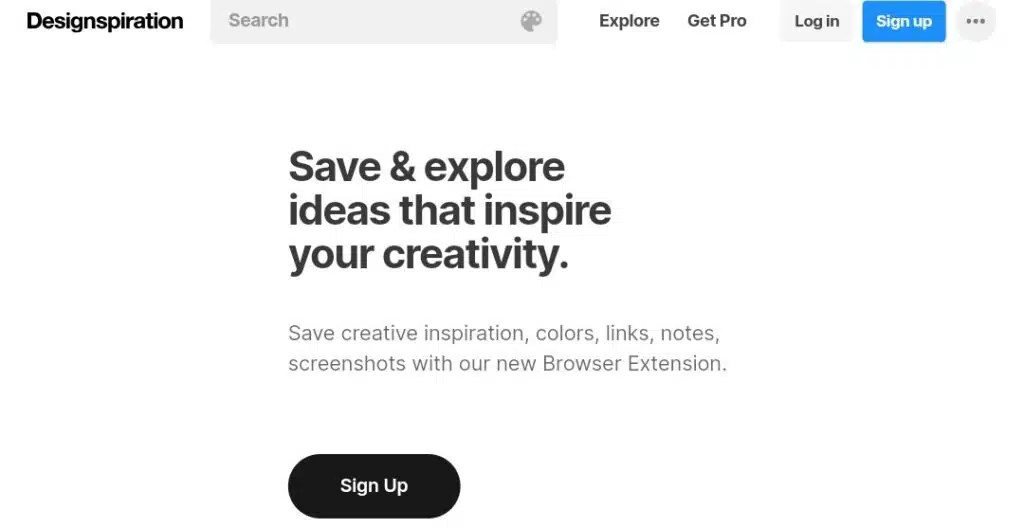
Designspiration is a focused image search engine and collection tool designed for designers who start projects with color, composition, or typography. The site saves curated boards and performs fast visual searches. Its minimalist interface minimizes distractions, allowing designers to collect inspiration efficiently, often faster than on larger social platforms.
Key features
- Color-based search
- Simple collections (boards) with collaboration options.
- Lightweight mood-board tool (Visions) for laying out ideas.
- Pro membership unlocks unlimited mood boards, ad-free browsing, and early access features.
Pros
- Speedy color and visual search.
- Clean interface built around reference and composition.
- Suitable for quick moodboards and extracting palettes.
Cons
- Smaller content pool than massive networks, so niche queries can return fewer hits.
- Collaboration and social features are intentionally limited compared with broad social sites.
Pricing
- Free tier for browsing and saving. Designspiration Pro (approximately $5/month or $50/year) offers unlimited Visions mood boards and eliminates ads.
What’s different from Pinterest
Designspiration is centered on design discovery (particularly color + composition) rather than social sharing or algorithmic feeds. It’s built for designers to start work, not for general social browsing.
Best for
- Brand designers, graphic artists, illustrators, and anyone who builds projects from a color-first brief.
Raindrop.io
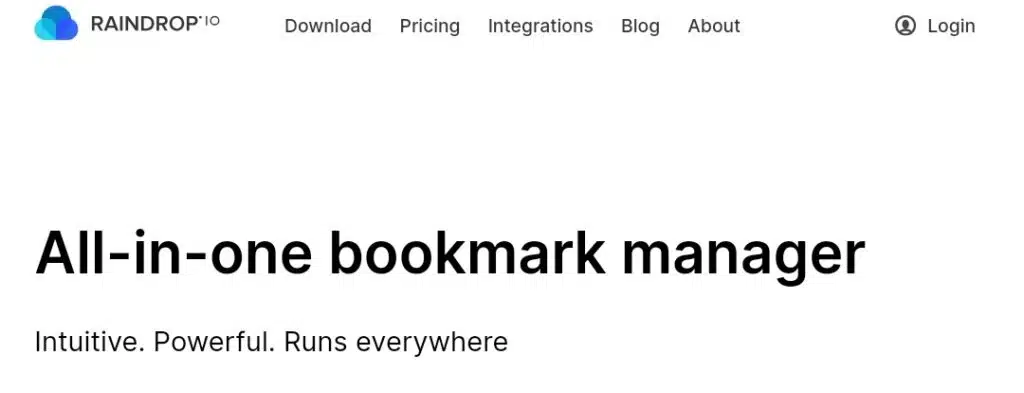
Raindrop.io is a full-featured bookmark manager that presents saved links in a visually rich grid and adds metadata, ensuring your library remains searchable and organized. Designers and researchers who collect articles, tutorials, and visual samples benefit from Raindrop’s export and backup options.
Key features
- Unlimited collections and cross-device sync with browser extensions and native apps.
- Nested collections, tags, and full-text search in Pro tier.
- Permanent copy snapshots, duplicates detection, import/export, and team sharing.
Pros
- Robust import/export and backup features ensure safe long-term archiving.
- Visually clean grid view works well for image-based bookmarks.
- Team sharing and collaboration are built into the product.
Cons
- Feels more like a productivity tool than a social discovery platform; discovery is less central to its purpose.
- Some advanced features require Pro.
Pricing
- A free tier is available; Pro unlocks full-text search, permanent copies, additional uploads and backups (Pro plans are commonly listed at $3/month or $28/year).
What’s different from Pinterest
Pinterest is stream and board-based; Raindrop is a searchable, exportable archive for long-term reference.
Best for
- Researchers, content curators, teams, and individuals who require reliable backups and advanced search capabilities for their saved items.
For visual bookmarking
Pearltrees
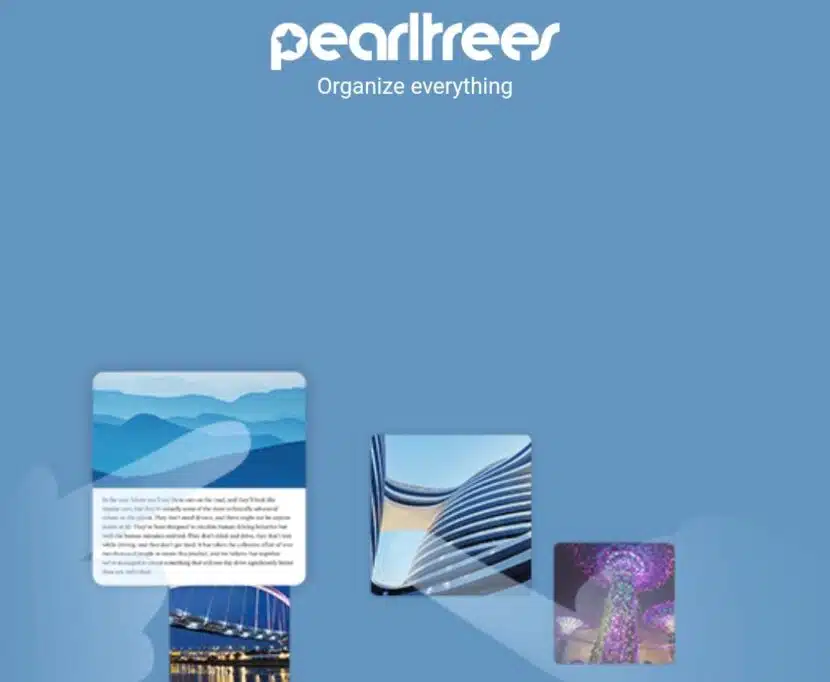
Pearltrees treats saved web content as objects you can arrange into a structured visual library. So your references become (pearls) hanging from tree branches (collections). The platform also features AI tools that can surface connections and summarize content within collections.
Pros
- Excellent for structured, research-grade organization.
- Collaboration and education features for group work and curriculum curation.
- Private collection and archival options on premium plans.
Cons
- Interfaces can feel unfamiliar at first compared with flat boards.
- Mobile app polish and reviews vary across regions.
Pricing
- The Pearltrees Premium Personal plan
- $2.99
- The Pearltrees Premium Advanced plan
- $4.99
- The Pearltrees Premium Personal plan
- $1.99more
What’s different from Pinterest
Pearltrees’ hierarchical model captures relationships between items, unlike Pinterest’s flatter board model. That structure helps when you need to trace ideas across phases of research or design.
Best for
- Researchers, educators, students, and anyone who wants layered organization and collaborative collections.
Savee
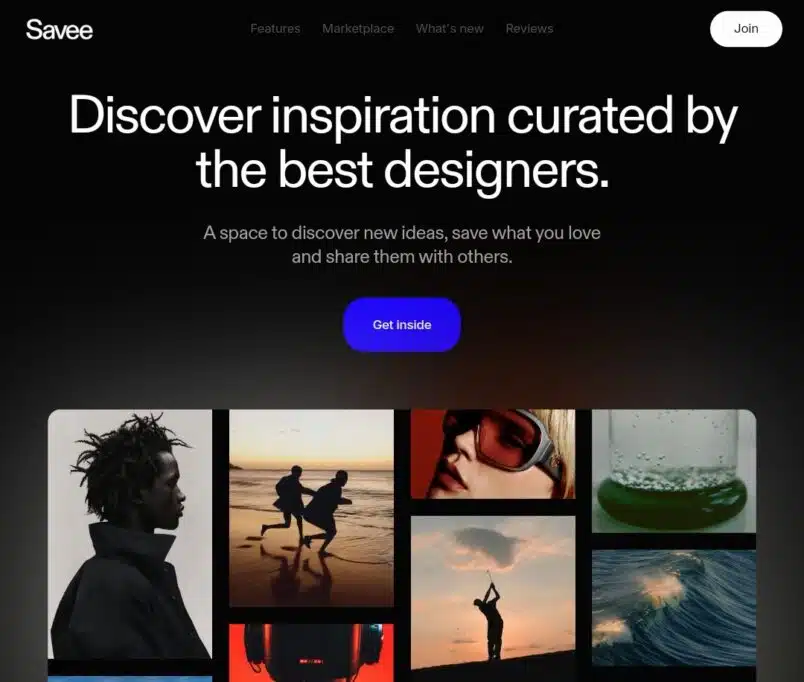
Savee is an ad-free visual bookmarking service built for creatives who want a structured place to collect inspiration. It possesses fast saving from the web, smart automatic tagging, and tidy boards for projects. Savee also offers plugins and integrations, allowing designers to push assets into workflows such as Figma easily.
Key features
- One-click save from the web via extension or right-click menu.
- Smart collections and automatic tagging to speed organization.
- Marketplace and creator assets; Figma plugin and import options.
Pros
- Fast, focused UX that keeps collections tidy.
- No-ads community model keeps the experience calm.
- Useful integrations for designers (import, Figma).
Cons
- A smaller community than major social platforms; discovery is tailored to creative circles.
- Some premium features and team plans require paid upgrades.
Pricing
- Starter: $3.99/month
- Premium: $8.25/month
- Premium & Site: $14.99/month
- Teams: $79/month
What’s different from Pinterest
Savee focuses on collection and curation workflows for creators, not on viral social browsing. It’s designed to be a peaceful workspace for idea collection.
Best for
- Freelance designers, illustrators, and creative students who want a fast, uncluttered bookmarking tool.
For the creative community
Cosmos (cosmos.so)
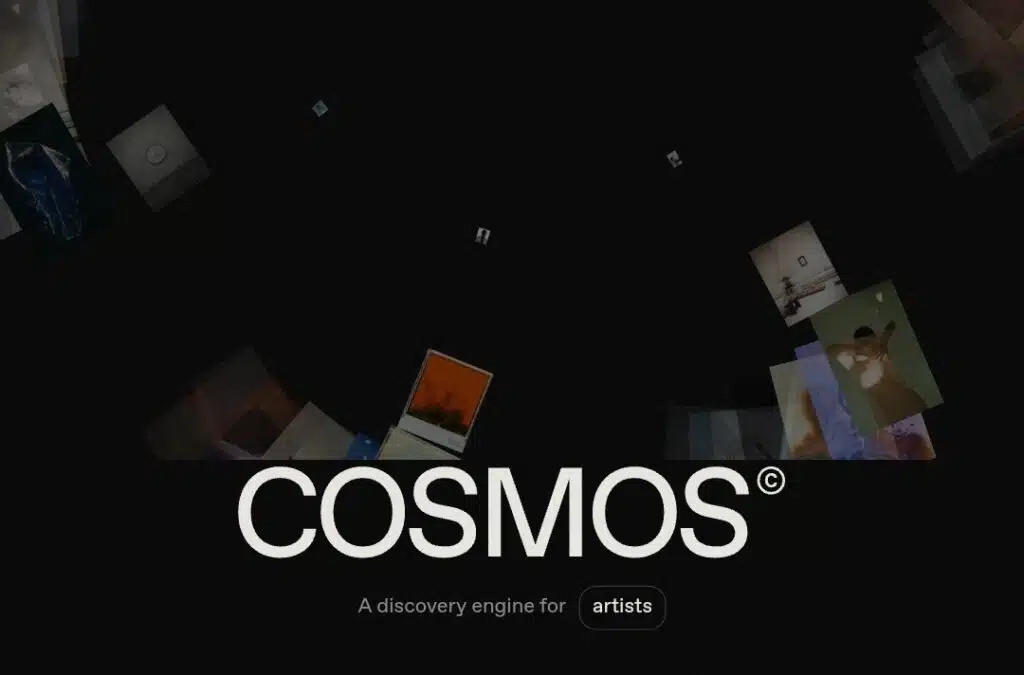
Cosmos is a visual discovery engine designed for photographers, designers, and visual curators. Its strengths lie in color-aware search, collaborative “clusters”, and an emphasis on calm, inspirational browsing.
Key features
- Image and color search plus save-to-collections.
- Collaborative clusters for team moodboards.
- Cross-device apps and private/public collection controls.
Pros
- Beautiful, designer-friendly UI focused on mood and palette.
- Team-friendly collaboration tools and exports.
- Good search by visual attributes.
Cons
- The free tier limits save counts for heavy users; a premium is needed for large libraries.
- Discovery can be exploratory; results may be broad unless filtered.
Pricing
- Free to start; premium option $8/month or equivalent annual pricing for unlimited saves and team features.
What’s different from Pinterest
Cosmos is focused and studio-ready: it’s built around mood, color, and team collaboration rather than mass social sharing.
Best for
- Art directors, photographers, product designers, and small creative teams
Refern
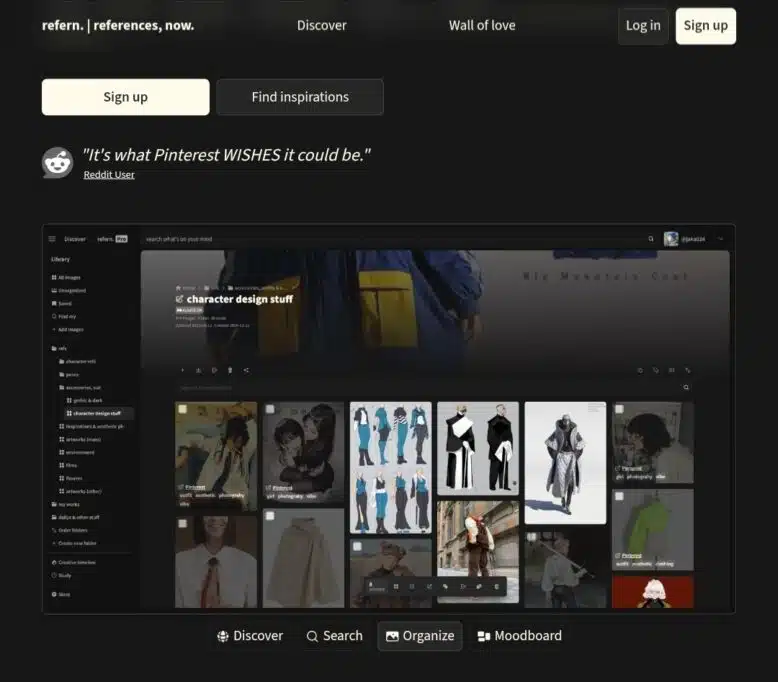
Refern is an artist-centric reference library and mood-boarding tool explicitly built for creatives who rely on image references. It supports capture extensions that simplify moving images from Pinterest and other sites into studio-ready boards.
Key features
- Infinite-canvas moodboards with grouping and annotation.
- Capture extension for quick importing from the web and Pinterest.
- Bulk-editing, automatic tagging, and export to presentations or asset folders.
Pros
- Tailored for reference-heavy creatives — fast capture and precise organization.
- An ad-free environment keeps focus on the work.
- Export and presentation-friendly features.
Cons
- Smaller community and younger product than massive social platforms.
- Storage and advanced features are behind paid tiers for heavy users.
Pricing
- Hobby: Free
- Pro: $29 one-time
What’s different from Pinterest
Refern is built as a reference manager rather than a social feed; its capture and canvas features prioritize production workflows over sharing viral images.
Best for
- Concept artists, illustrators, animators, and studio teams that need rapid capture and organization of references
For shopping and discovery
Stacklist
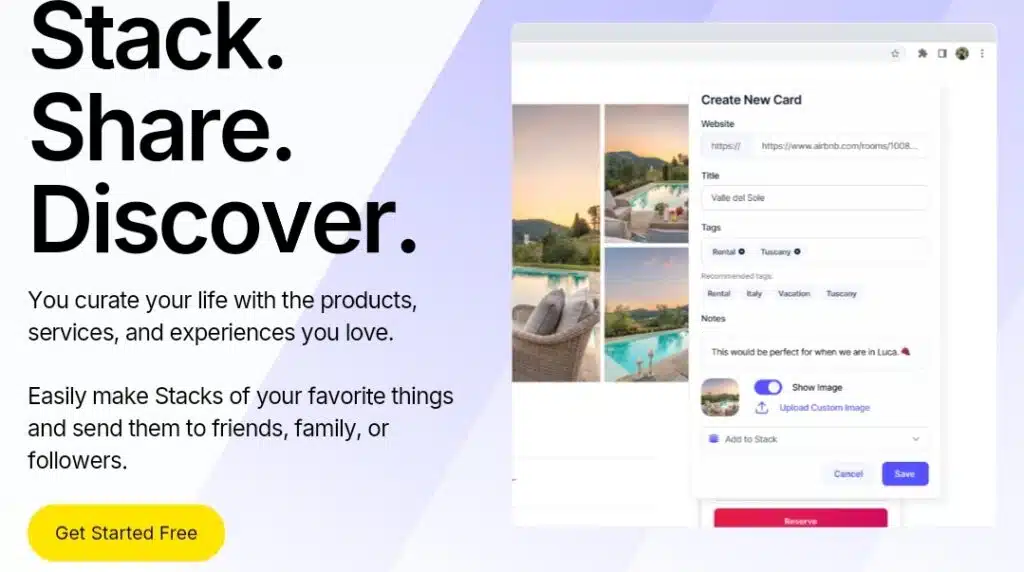
Stacklist uses structured lists and cards that can include images, links, and notes. That format makes it easy to present product picks to clients, build packing lists, and publish curated recommendations.
Key features
- Stacks (card-based lists) that can include images, notes, and links.
- Public and shareable profiles; mobile apps and browser extensions.
- Upgrade (Stacked) adds AI search, custom usernames, and advanced sharing.
Pros
- Structured format is excellent for shopping, client curation, and travel planning.
- Easy sharing and public publishing for portfolios or recommendations.
- Lightweight, fast to assemble lists.
Cons
- Not built for purely image-first moodboard workflows; the list format is more utility-driven.
- Discovery is focused on items and stacks rather than organic image browsing.
Pricing
- A free tier is available for basic stacks; premium Curator/Stacked tiers add features and start at approximately $5–$ 8 per month.
What’s different from Pinterest
Stacklist structures items as lists and cards, designed to be actionable and shareable (e.g., “buy this” or “pack this”), whereas Pinterest is more freeform and visual.
Best for
- Shoppers, product curators, travel planners, and creators who publish curated item lists.
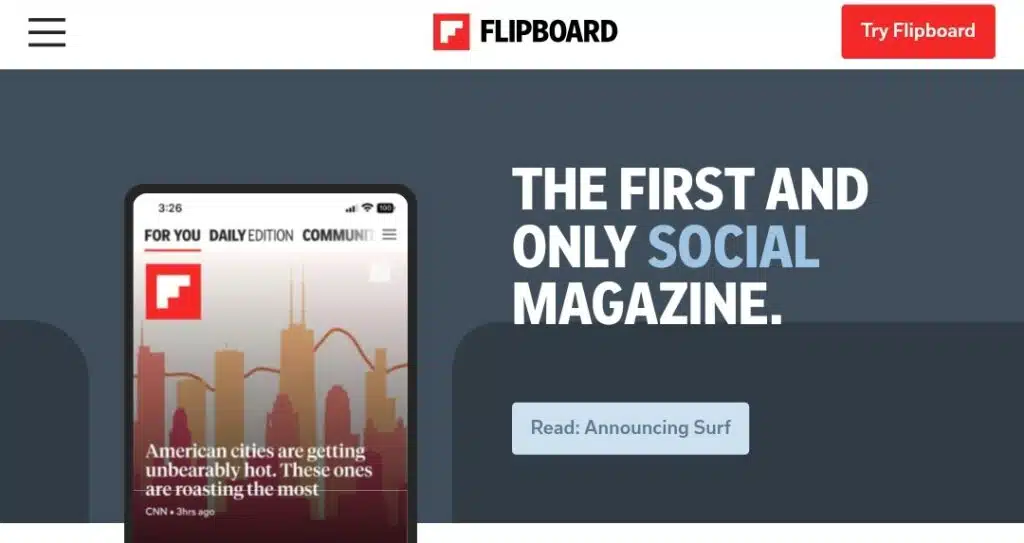
Flipboard presents web content in a magazine-style format. You get visual context around images, long-form stories, trend pieces, and product roundups, all packaged in a reader-friendly format.
Key features
- Magazine-style curation and cover pages.
- Save stories and create collaborative magazines.
- Follow topics and curated channels across interests.
Pros
- A polished presentation that provides images with context through editorial content.
- Great for longform inspiration and theme-based curation.
- Strong reader UX across mobile and web.
Cons
- Not designed purely as an image moodboard; mixed media and articles dominate.
- Less emphasis on granular image tagging or color search.
Pricing
- Free to use; however, Flipboard is ad-supported in some regions, while general access and magazine creation remain free of charge.
What’s different from Pinterest
Flipboard packages content into editorial magazines and prioritizes reading and story context over saving single images. It’s better when visuals need narrative or supporting articles.
Best for
- Editors, storytellers, trend researchers, and anyone seeking inspiration presented in a magazine-like format.
How to switch from Pinterest without losing your saved inspiration
Decide what you actually need
- Begin by clarifying the desired output. Do you want image files only, full metadata (including titles, descriptions, and source links), or just URLs? That choice determines the tools and the format you’ll use to migrate, and it makes the rest of the process much simpler.
Request your Pinterest export
- Open Pinterest settings, select “Privacy and data,” and request an export of your account. Pinterest will notify you and provide a download that contains your pins and related metadata. Save that original file somewhere safe, as you’ll use it as your master copy.
Make an offline image backup if you want the files
- If you want local image files, use a trusted batch downloader or a browser extension that can save a board as a ZIP file. This provides an image archive that you can open, search, or re-upload later, without relying on any specific platform.
Try built-in import tools first
- Many alternatives offer import helpers. For example, Raindrop.io accepts exported bookmarks and CSVs, and some moodboard apps provide browser capture extensions that import boards directly. Check the target app’s import or help pages and follow their recommended workflow.
Use CSV as a reliable fallback
- If there’s no one-click importer, convert the export to CSV. Most target tools accept CSV-like bulk uploads. Ensure your columns include a title, description, source URL, and image URL so that nothing important is lost in translation.
Test with a single board first
- Always import one small board as a dry run to test the process. Check thumbnails, captions, links, and image quality. Once you’re satisfied with the results, proceed by importing the remaining items in batches.
Keep your original backup until everything is settled
- Hold on to the downloaded ZIP, JSON, or CSV until you’ve verified that images, links, and metadata are fully intact on the new platform. Only then should you delete any temporary files.
Ready to move?
Choose one of the alternatives above, test importing to it, and observe the workings as they unfold. You’ll be pleasantly surprised at how quickly your inspiration becomes discoverable and savable elsewhere, beyond Pinterest.
Additionally, when using inspiration for client work, consider platforms that offer team features and export options to prevent any content from being locked in.

